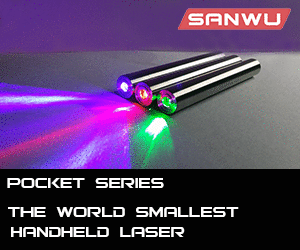Leodahsan, your current analysis is incorrect. You're thinking of diodes as resistive elements, which they are not. Furthermore, even if the devices were resistors you're confusing current with voltage. As per Kirchoff's Current Law, the sum of all currents entering and exiting a node is zero. This implies that the current flowing through all devices in a series-topology circuit is exactly the same for each device; the same amount enters as exits. With resistive elements the resistance will determine what voltage drop each resistor causes in the voltage divider; this does not hold in any shape or form for current in series elements.
Diodes drop their forward voltage and that's all you should worry about. Put them in series, and set the current with your driver. The forward voltage drop of the diodes will add, and the driver must provide enough voltage to cause current to flow through the diodes. Manufacturing differences will affect your circuit if you wire the diodes in parallel because their voltage drops, etc. will be slightly different. So don't wire diodes in parallel unless you have separate regulating elements, which can include resistors or transistors or other elements.





